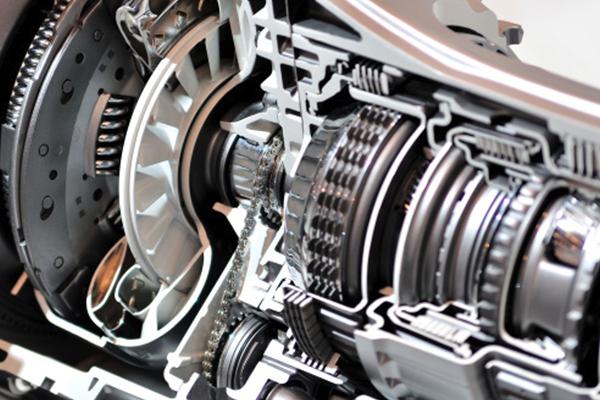Mobile:+86-311-808-126-83
Email:info@ydcastings.com
English
3d print aluminum casting
3D Printing and Aluminum Casting Revolutionizing Manufacturing
In recent years, the intersection of 3D printing and aluminum casting has ushered in a new era of manufacturing, combining the strengths of both technologies to enhance production processes across various industries. This innovative approach is not only transforming how components are designed and produced but also paving the way for increased efficiency, reduced waste, and the ability to create complex geometries that were previously challenging or impossible to achieve.
3D Printing and Aluminum Casting Revolutionizing Manufacturing
The process typically begins with the creation of a 3D printed mold or pattern, which is then used in the aluminum casting process. The use of 3D printed molds allows manufacturers to produce intricate designs and features that enhance the functionality of the final product. For instance, cooling channels can be added directly into the mold, optimizing thermal management in the finished part. This capability not only improves performance but also reduces the amount of material needed, contributing to more sustainable manufacturing practices.
3d print aluminum casting

Moreover, 3D printing significantly shortens the lead time for producing molds. Traditional mold production can take several weeks or even months, involving complex machining processes. In contrast, 3D printed molds can be produced in a matter of days, allowing for rapid prototyping and faster time-to-market for new products. This agility is especially beneficial in industries like aerospace and automotive, where innovation cycles are quick, and the demand for custom parts is high.
Quality is another significant advantage of this combination. 3D printed molds can achieve high precision and consistency, resulting in aluminum castings that meet stringent specifications. This precision reduces the likelihood of defects and rework, ultimately saving time and resources. Additionally, the ability to experiment with different designs without incurring substantial costs associated with traditional mold making encourages innovation and experimentation.
However, the integration of 3D printing and aluminum casting is not without its challenges. Issues related to the thermal properties of printed molds and surface finish quality must be addressed. As technologies evolve, research and development continue, driving improvements in material properties and printer capabilities.
In conclusion, the convergence of 3D printing and aluminum casting represents a significant advancement in manufacturing technology. By leveraging the strengths of both methods, industries can achieve greater design freedom, faster production times, and enhanced quality. As this field continues to evolve, it will undoubtedly shape the future of manufacturing, paving the way for smarter, more efficient production methods that meet the demands of a rapidly changing world.
-
Materials Used in Manufacturing Cap End Pipe FittingsNewsNov.24,2025
-
Material Properties of CF8M CastingNewsNov.24,2025
-
How to Inspect Pump Cap Ends for DamageNewsNov.21,2025
-
Backward Curved Impeller – Efficient Airflow Solutions for Industry | YD CastingsNewsNov.21,2025
-
Automobile Water Pump - Efficient, Quiet, Durable & ElectricNewsNov.21,2025
-
Impeller for Pumps – High-Efficiency, Durable, OEM-ReadyNewsNov.21,2025











